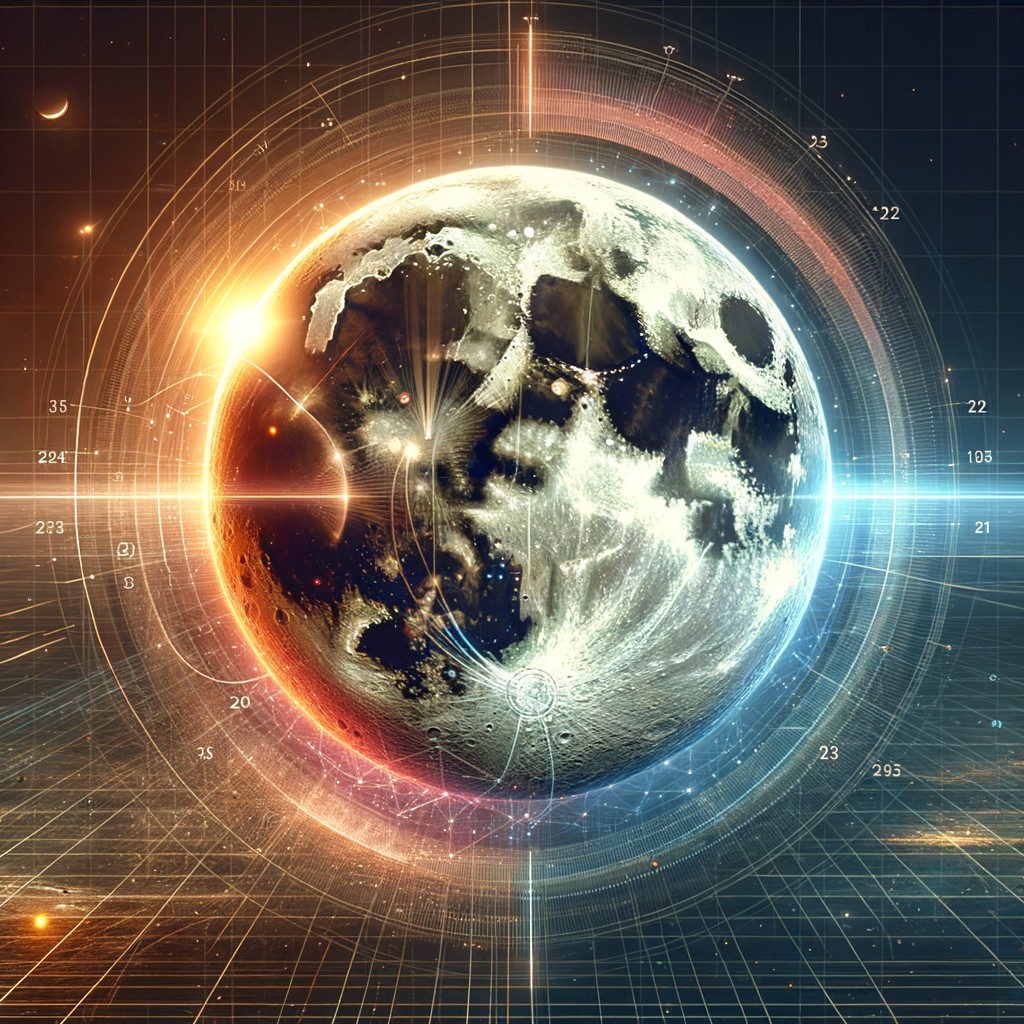Introduction
The moon has long been a subject of fascination for humanity, casting its silvery glow over countless nights and influencing everything from the tides to cultural mythology. As we look to the skies on July 22, 2025, many are curious about what phase the moon will be in and when we can next expect a full moon. Understanding the moon’s phases is not just an exercise in astronomy; it ties us to the natural rhythms of our planet and offers a glimpse into the celestial dance that governs our night sky.
The Moon Phase on July 22, 2025
On July 22, 2025, the moon will be in its waxing gibbous phase. This phase is characterized by the moon appearing more than half but not fully illuminated as viewed from Earth. The waxing gibbous phase is a precursor to the full moon, offering a brilliant spectacle as the lunar surface reflects the sunlight, making it an ideal time for moon gazing and astronomical observations.
What is a Waxing Gibbous Moon?
- The moon appears more than half but less than fully illuminated.
- This phase occurs after the first quarter and before the full moon.
- It is a time when the moon’s visibility increases each night.
- The waxing gibbous moon is often associated with growth and development, symbolizing a period of preparation and anticipation.
When to Expect the Next Full Moon
The full moon following the waxing gibbous phase on July 22, 2025, is expected to occur on July 25, 2025. Full moons are a time when the moon is fully illuminated from the perspective of the Earth, making it a powerful and awe-inspiring sight. This particular full moon will be visible around 12:02 AM UTC, providing a perfect opportunity for both amateur and professional astronomers to capture its beauty.
Significance of the Full Moon
- Full moons have been celebrated across cultures as a time of completion and reflection.
- They are linked to various traditions, including lunar festivals and religious observances.
- A full moon can have a profound impact on the natural world, influencing animal behavior and human emotions.
Understanding Moon Phases
To fully appreciate the moon’s phases, it’s essential to understand the lunar cycle, which spans approximately 29.5 days. This cycle is divided into eight distinct phases: new moon, waxing crescent, first quarter, waxing gibbous, full moon, waning gibbous, last quarter, and waning crescent. Each phase represents a different stage in the moon’s journey around the Earth, governed by the interplay of sunlight and shadow.
| Phase | Description |
|---|---|
| New Moon | The moon is between the Earth and the sun, making it invisible from Earth. |
| Waxing Crescent | A sliver of the moon becomes visible after the new moon. |
| First Quarter | Half of the moon is illuminated, marking a quarter of the lunar cycle. |
| Waxing Gibbous | More than half of the moon is illuminated, leading up to a full moon. |
| Full Moon | The moon is fully illuminated as viewed from Earth. |
| Waning Gibbous | The moon begins to decrease in illumination after the full moon. |
| Last Quarter | Half of the moon is again visible, but the opposite half compared to the first quarter. |
| Waning Crescent | The visible light decreases to a thin crescent before the cycle restarts. |
The moon’s phases are not only a visual treat but also serve as a calendar for many cultures, guiding agricultural practices, religious rituals, and even modern-day events.
The Cultural and Scientific Impact of Moon Phases
The phases of the moon have inspired countless myths and legends, serving as a muse for poets, artists, and scientists alike. Scientifically, the moon plays a crucial role in stabilizing Earth’s axial tilt, which in turn regulates our climate and seasons. Its gravitational pull is responsible for the ocean’s tides, influencing marine ecosystems and coastal environments.
Modern-Day Applications
- Astronomy enthusiasts use moon phases to plan stargazing events and photography sessions.
- Farmers and gardeners often follow lunar calendars to optimize planting and harvesting.
- The study of moon phases aids in understanding tidal patterns, which is crucial for maritime navigation.
Source: Moon phase today: What the moon will look like on July 22, 2025
Tags: moon phases, lunar cycle, astronomy, full moon, 2025





